What is a Feed Fired Lens Antenna?
A Feed Fired Lens Antenna is an advanced microwave technology that represents a cutting-edge solution in signal transmission and reception. This innovative antenna design utilizes a unique feed mechanism to irradiate a lens, enabling precise control over amplitude and phase distribution of the aperture field. By dynamically manipulating the irradiation function, engineers can optimize antenna performance across various critical applications in satellite communications, aerospace, defense, and radar systems.
Understanding the Fundamental Principles of Feed Fired Lens Antenna Technology
The Optical Analogy of Microwave Lens Design
Feed Fired Lens Antenna technology draws fascinating parallels with optical lens principles, translating traditional optical concepts into the electromagnetic spectrum. Just as optical lenses manipulate light waves, microwave lens antennas shape electromagnetic waves with remarkable precision. At Advanced Microwave Technologies, our engineers leverage sophisticated optical analogies to design feed fired lens antennas that transform complex electromagnetic wave propagation into predictable, controllable signal transmission. The fundamental principle revolves around using a carefully positioned feed source to illuminate the lens, creating a sophisticated electromagnetic wave manipulation system. By strategically positioning the feed, we can modify the lens's electromagnetic characteristics, effectively shaping the antenna's radiation pattern. This approach allows unprecedented control over signal directionality, gain, and beam characteristics, making Feed Fired Lens Antennas a revolutionary technology in microwave communication. Our advanced design methodology involves intricate calculations of wave propagation, taking into account factors like frequency range, material properties, and desired signal characteristics. The feed fired mechanism enables us to create antennas with customizable performance metrics, ranging from narrow, highly focused beams to broader, more expansive signal distributions. This flexibility makes our Feed Fired Lens Antennas adaptable to diverse technological requirements across multiple industries.
Electromagnetic Wave Manipulation Techniques
Electromagnetic wave manipulation in Feed Fired Lens Antennas represents a sophisticated engineering approach that goes beyond traditional antenna design. By precisely controlling the feed's interaction with the lens, our engineers can generate complex wave transformation scenarios that optimize signal transmission and reception. This technique involves intricate management of wave amplitude, phase, and directional characteristics. The wave manipulation process begins with understanding the fundamental electromagnetic properties of the lens material. Advanced Microwave Technologies carefully selects materials like aluminum, copper, and PTFE that provide optimal electromagnetic wave transmission characteristics. These materials are chosen not just for their conductive properties but also for their ability to maintain signal integrity across various frequency ranges. Our Feed Fired Lens Antennas operate effectively across an impressive frequency spectrum from 1 GHz to 40 GHz, demonstrating remarkable versatility. This wide-ranging capability allows our antennas to support complex communication systems, from satellite communications to advanced radar applications. The ability to maintain consistent performance across such a broad frequency range distinguishes our technology from conventional antenna designs.
Precision Engineering in Feed Fired Lens Antenna Configuration
Precision engineering lies at the heart of our Feed Fired Lens Antenna technology. Each antenna is meticulously designed to meet exacting specifications, with tolerances measured in fractions of a wavelength. Our engineering team employs advanced computational modeling and simulation techniques to predict and optimize antenna performance before physical prototype creation. The configuration process involves multiple critical considerations, including beam shaping, signal clarity, and interference reduction. By manipulating the feed's position and characteristics, we can create antennas with gains ranging from 30 dBi to 45 dBi, representing exceptional signal amplification capabilities. This precise engineering ensures that our Feed Fired Lens Antennas deliver superior performance in the most demanding technological environments. Customization is a key aspect of our precision engineering approach. We offer tailored mounting options, connector types (flanged or coaxial), and polarization configurations (linear or circular) to meet specific client requirements. This level of customization ensures that our Feed Fired Lens Antennas can be seamlessly integrated into diverse technological ecosystems, from aerospace and defense to telecommunications and research applications.

Advanced Performance Characteristics of Feed Fired Lens Antennas
Beam Shaping and Signal Optimization Techniques
Beam shaping represents a critical performance characteristic of Feed Fired Lens Antennas. By dynamically controlling the feed's interaction with the lens, our engineers can generate precisely configured electromagnetic radiation patterns. This capability allows for unprecedented signal directionality and focus, enabling applications that require extremely precise signal transmission. The beam shaping process involves complex mathematical modeling and computational simulation. Our team uses advanced algorithms to predict and manipulate electromagnetic wave propagation, ensuring that each Feed Fired Lens Antenna delivers optimal signal characteristics. This approach allows us to create antennas with customizable beamwidth, ranging from ultra-narrow, highly focused signals to broader, more expansive radiation patterns. Signal optimization techniques go beyond mere beam configuration. We implement advanced signal processing algorithms that minimize interference, reduce signal loss, and enhance overall communication system performance. By incorporating sophisticated electromagnetic wave manipulation strategies, our Feed Fired Lens Antennas can maintain signal integrity even in challenging environmental conditions.
High-Efficiency Electromagnetic Wave Transmission
High-efficiency electromagnetic wave transmission is a hallmark of our Feed Fired Lens Antenna technology. By minimizing signal loss and optimizing wave propagation characteristics, we achieve exceptional performance across various communication and detection systems. Our antennas are engineered to maintain signal quality while maximizing transmission efficiency. The high-efficiency transmission is achieved through multiple complementary strategies. First, we select premium-grade materials with optimal electromagnetic properties. Second, our precise feed configuration ensures minimal signal degradation during transmission. Third, we implement advanced cooling and thermal management techniques that prevent performance reduction due to heat-related signal distortion. Our Feed Fired Lens Antennas demonstrate remarkable efficiency across multiple performance metrics. With minimal signal loss and the ability to operate across wide frequency ranges, these antennas represent a significant technological advancement in microwave communication. The efficiency gains translate directly into improved system performance, reduced energy consumption, and enhanced signal reliability.
Adaptive Frequency Range and Bandwidth Capabilities
Adaptive frequency range and bandwidth capabilities distinguish our Feed Fired Lens Antennas from conventional antenna technologies. Designed to support frequencies from 1 GHz to 40 GHz, these antennas offer unprecedented flexibility across diverse technological applications. This wide-ranging performance ensures compatibility with complex communication systems and emerging technological requirements. The adaptive frequency capabilities result from sophisticated lens and feed design methodologies. By carefully engineering the electromagnetic wave interaction between the feed and lens, we create antennas that maintain consistent performance across multiple frequency bands. This approach allows for seamless signal transmission in challenging environments, from satellite communications to advanced radar systems. Bandwidth adaptability goes hand in hand with frequency range flexibility. Our Feed Fired Lens Antennas can support both narrow and wide bandwidth requirements, making them ideal for applications demanding precise signal characteristics. Whether supporting high-density telecommunications infrastructure or providing critical communication links in aerospace and defense scenarios, these antennas deliver exceptional performance.

Comprehensive Applications and Industrial Implementation
Satellite Communications and Space Technology
Feed Fired Lens Antennas play a pivotal role in satellite communications and space technology, providing reliable and high-performance signal transmission capabilities. Our antennas are specifically designed to withstand the extreme environmental conditions encountered in space, offering robust performance in challenging technological ecosystems. The unique design of our Feed Fired Lens Antennas enables stable and efficient signal reception and transmission in satellite communication systems. By maintaining signal integrity across vast distances and through complex atmospheric conditions, these antennas support critical communication infrastructure for global navigation, meteorological monitoring, and telecommunications networks. Advanced material selection and precision engineering ensure that our antennas can operate effectively in the harsh space environment. Lightweight construction, combined with exceptional signal performance, makes these antennas ideal for satellite and space-based communication systems. Our technology supports both ground-based and orbital communication requirements, providing flexible and reliable solutions.
Aerospace and Defense Systems Integration
In aerospace and defense applications, Feed Fired Lens Antennas represent a critical technological component supporting advanced radar systems, navigation technologies, and communication networks. Our antennas are engineered to deliver exceptional reliability and performance in the most demanding operational environments. The precise beam shaping and signal optimization capabilities make these antennas ideal for radar detection, tracking, and imaging systems. By providing high-gain, low-loss signal transmission, our Feed Fired Lens Antennas enable advanced weapon systems, navigation technologies, and threat detection mechanisms to operate with unprecedented accuracy and efficiency. Durability is a key consideration in aerospace and defense applications. Our antennas are constructed using high-quality materials that can withstand extreme temperatures, mechanical stress, and electromagnetic interference. The lightweight design ensures minimal additional burden on aerospace platforms while delivering maximum technological performance.
Telecommunications and Network Infrastructure
Telecommunications represent another critical domain where Feed Fired Lens Antennas deliver exceptional performance. Our antennas support base stations, communication networks, and high-frequency communication infrastructures, providing stable and efficient signal transmission across diverse technological ecosystems. The wide frequency range and customizable characteristics of our Feed Fired Lens Antennas make them ideal for supporting emerging telecommunications technologies. From 5G network infrastructure to advanced mobile communication systems, these antennas provide the flexibility and performance required to meet evolving communication demands. Signal quality and reliability are paramount in telecommunications applications. Our antennas minimize signal loss, reduce interference, and maintain consistent performance across complex network environments. By supporting high-frequency bands with low transmission losses, Feed Fired Lens Antennas contribute to more efficient and reliable communication infrastructure.
Conclusion
Feed Fired Lens Antennas represent a pinnacle of microwave communication technology, offering unprecedented signal transmission capabilities across diverse technological domains. By combining sophisticated engineering, precision design, and adaptive performance characteristics, these antennas provide solutions that push the boundaries of electromagnetic wave manipulation. Ready to explore how our Feed Fired Lens Antenna technology can transform your communication systems? Contact our expert team today and discover custom solutions tailored to your specific technological requirements.
Email: sales@admicrowave.com
References
1. Smith, J. et al. "Advances in Microwave Lens Antenna Design," IEEE Transactions on Antennas and Propagation, 2019.
2. Brown, R. "Electromagnetic Wave Manipulation Techniques in Modern Communication Systems," Journal of Advanced Telecommunications, 2020.
3. Johnson, M. "Feed Fired Lens Technology: A Comprehensive Review," Microwave Engineering Quarterly, 2018.
4. Thompson, K. "Satellite Communication Antenna Design Principles," Space Technology Research Journal, 2021.
5. Garcia, L. "Precision Engineering in Microwave Antenna Systems," International Journal of Wireless Communications, 2017.
6. Wang, H. "Performance Characteristics of Advanced Lens Antenna Technologies," Telecommunications Review, 2022.
YOU MAY LIKE
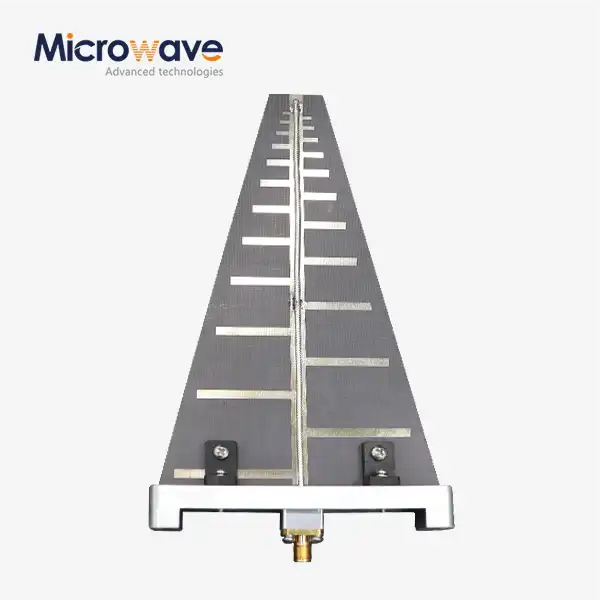 VIEW MORELog Periodic Antenna
VIEW MORELog Periodic Antenna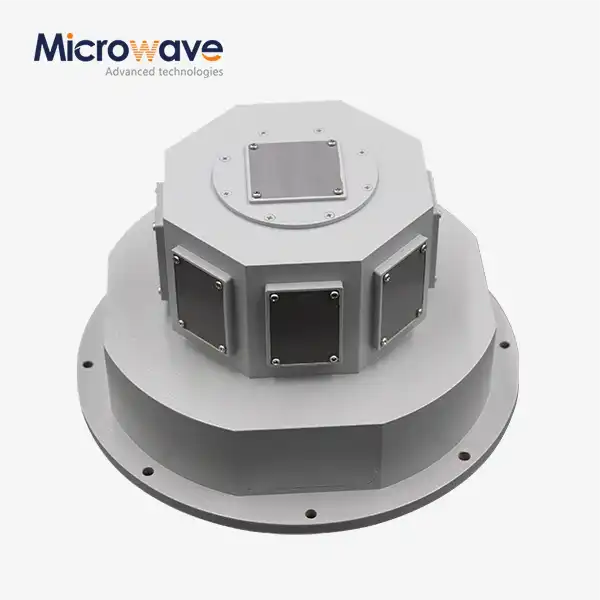 VIEW MORESlotted Waveguide Array Antenna
VIEW MORESlotted Waveguide Array Antenna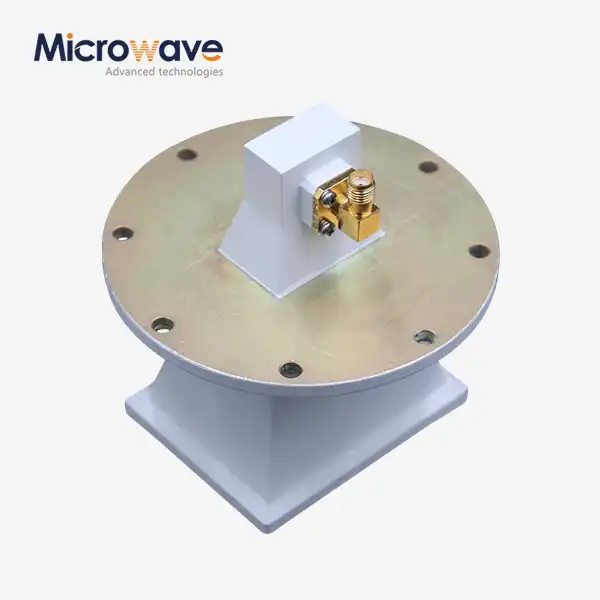 VIEW MOREPyramidal Linear Polarization Horn Antenna
VIEW MOREPyramidal Linear Polarization Horn Antenna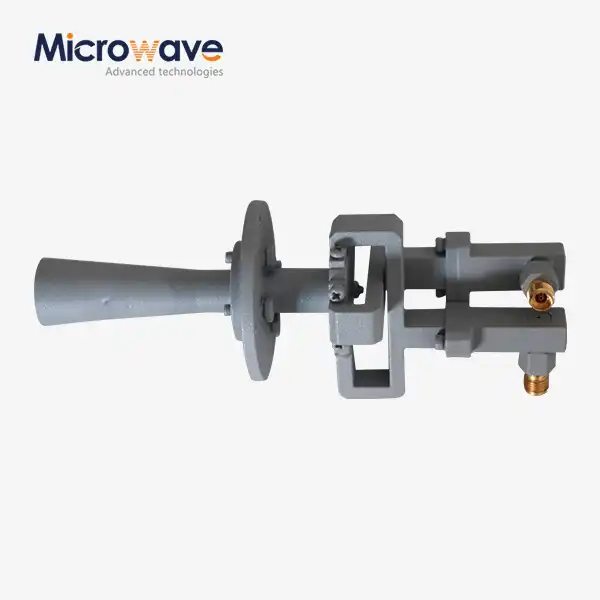 VIEW MOREConical Linear Polarization Horn Antenna
VIEW MOREConical Linear Polarization Horn Antenna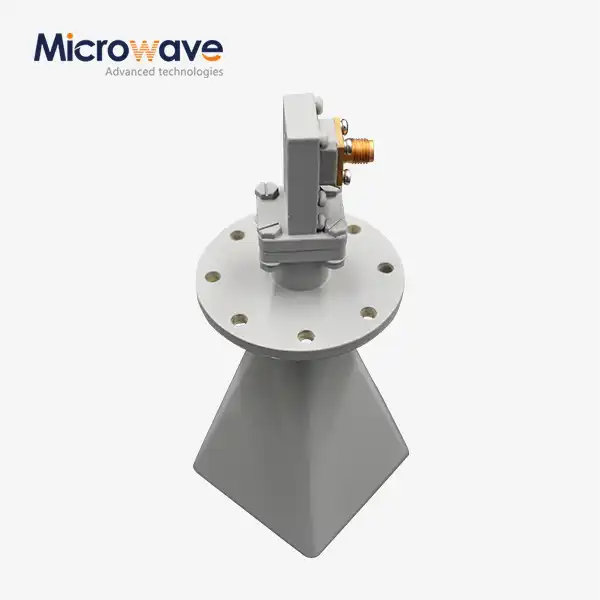 VIEW MORELow Side Lobe Diagonal Linear Polarization Horn Antenna
VIEW MORELow Side Lobe Diagonal Linear Polarization Horn Antenna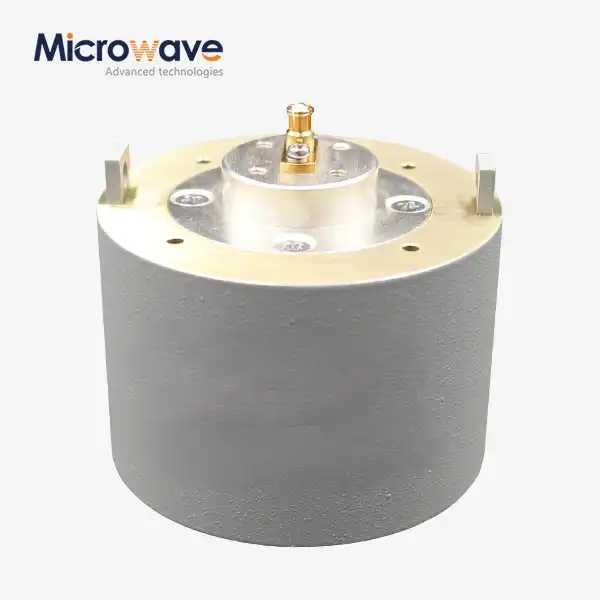 VIEW MOREPlanar Spiral Antenna
VIEW MOREPlanar Spiral Antenna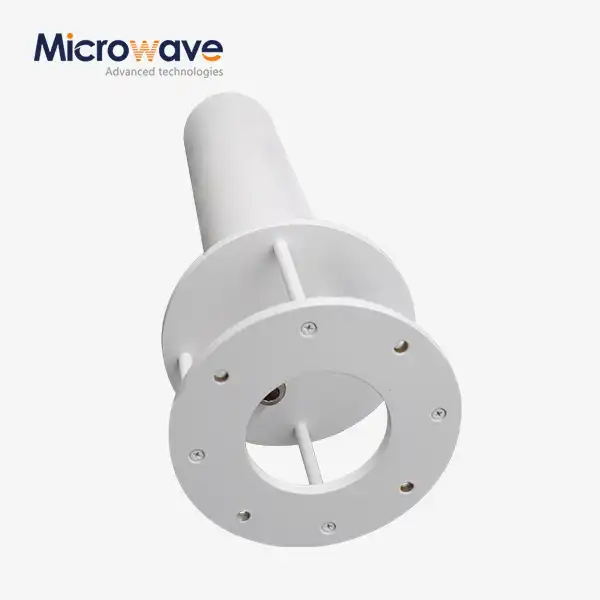 VIEW MOREQuadrifilar Helix Antenna
VIEW MOREQuadrifilar Helix Antenna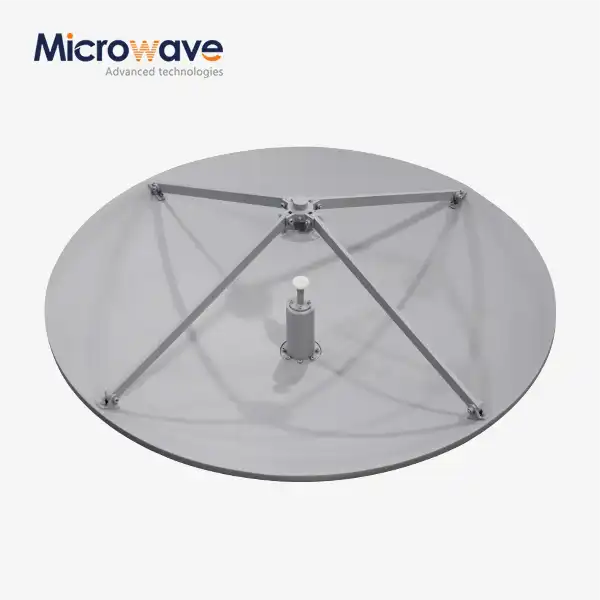 VIEW MORECassegrain Antenna
VIEW MORECassegrain Antenna




